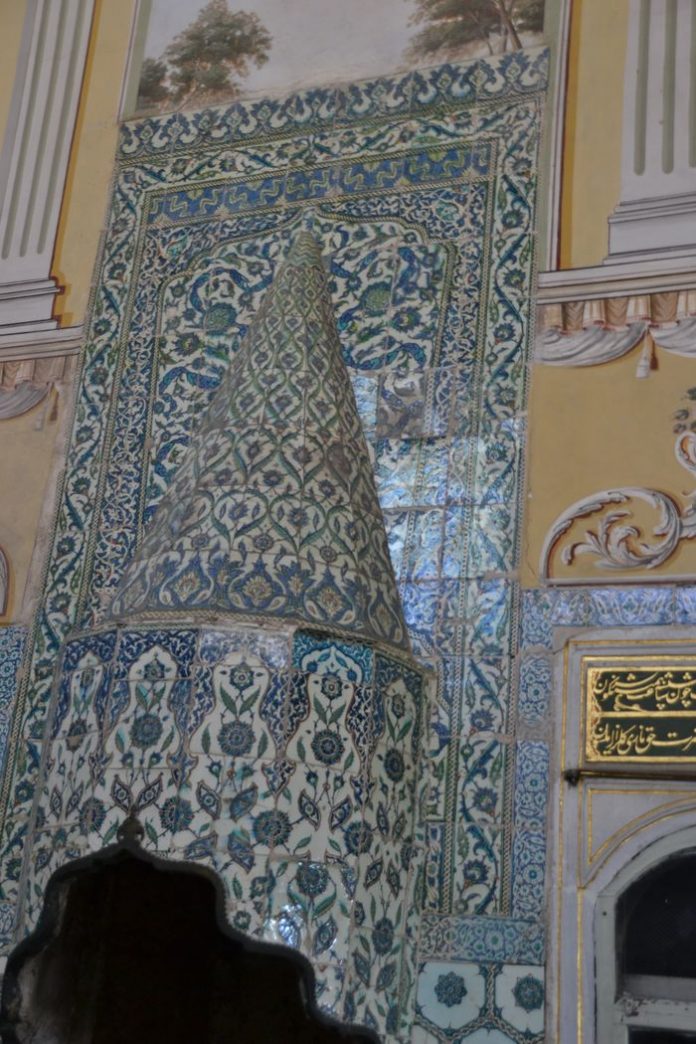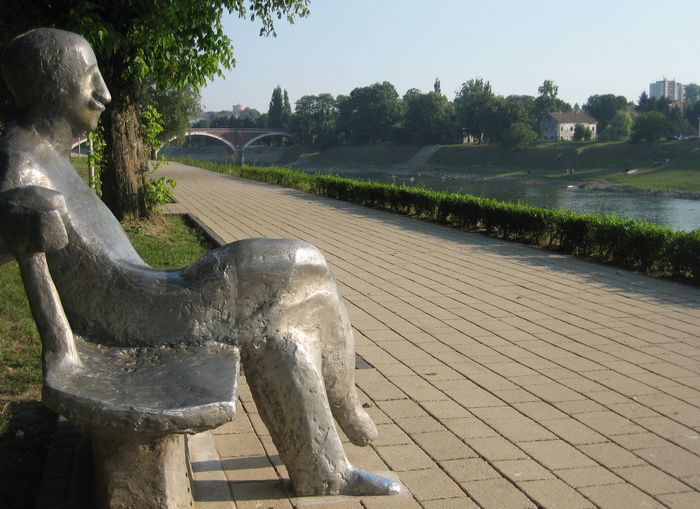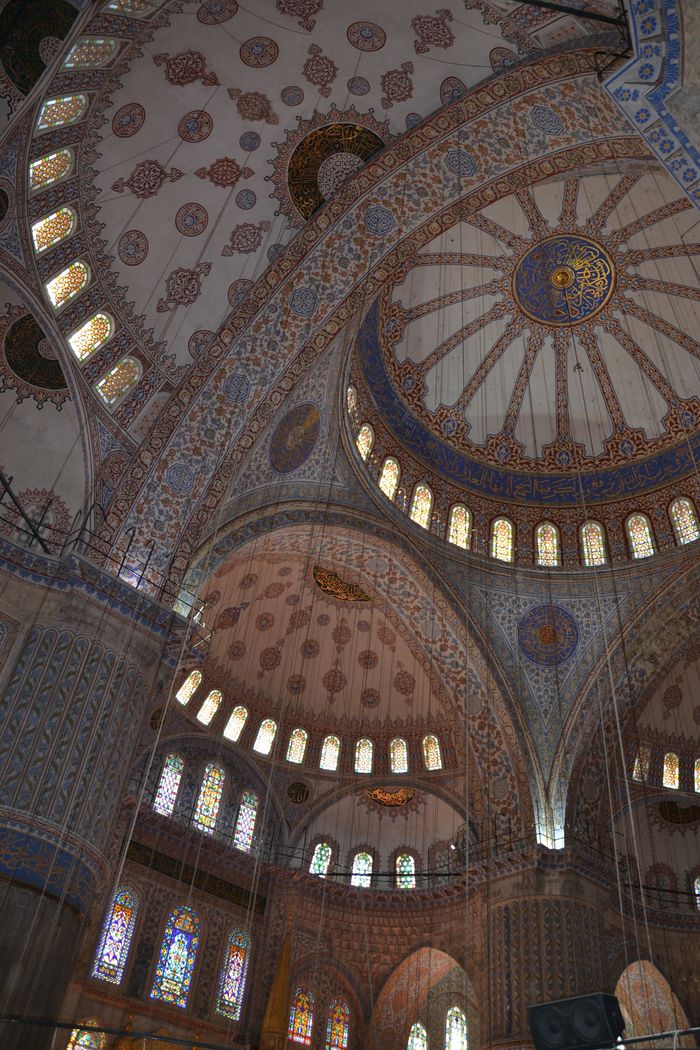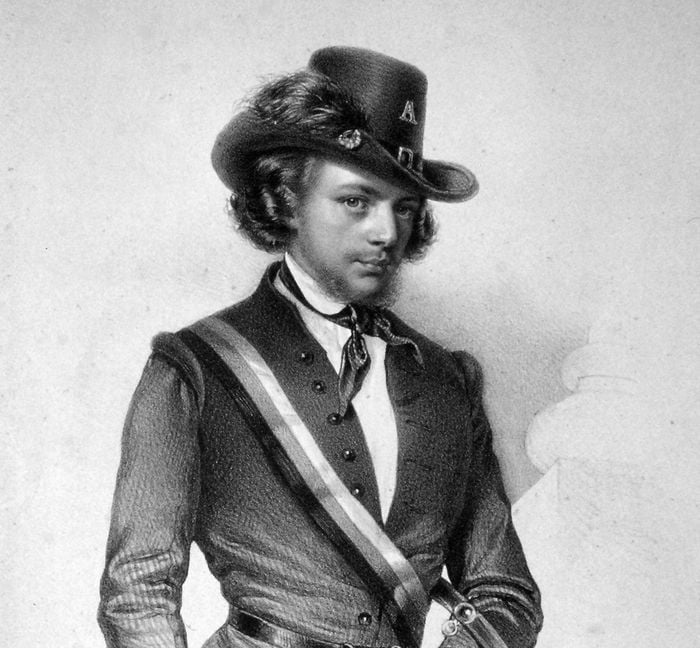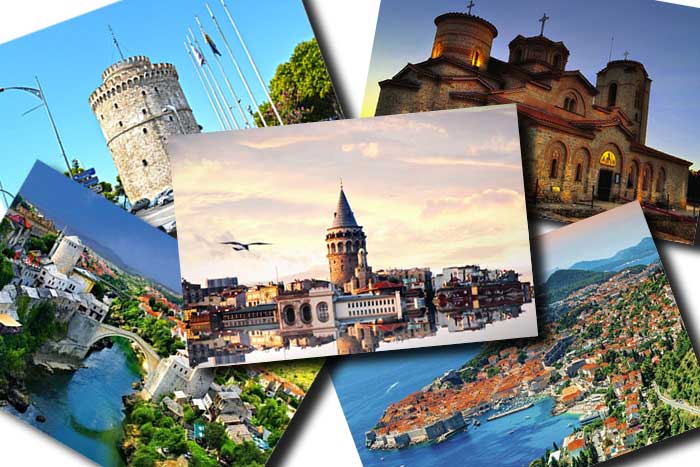A Historical Overview
Ancient Capital and Trade Hub
Gordium is believed to have been the capital of Meshech, located where the Royal Road of Persian Kings intersected the Sangarius (Sakarya) River. This positioning made it a bustling commercial center, as noted in the Old Testament, Ezekiel 27:13, mentioning Meshech’s involvement in the slave and bronze trade.
Early Settlement and Hittite Influence
Excavations over the past four decades revealed its occupation as early as the third millennium B.C. Between 2000 and 1200 B.C., Gordium served as a significant Hittite outpost with Assyrian colonists. The Phrygians settled in the 9th century Hurri Civilization, marking the city’s peak prosperity in the 8th century.
Decline and Resurgence
Cimmerian invasions in 690 B.C. led to the destruction of Gordium, but it was rebuilt by the Lydians. In 547-546 B.C., Cyrus and his army destroyed the city again. Under Persian rule, Gordium regained prominence as a commercial and military center. Alexander the Great took control in 333 B.C., but the Gauls destroyed it in 278 B.C.
Tumulus Graves and King Midas
Excavations uncovered Hittite graves from the 17th and 16th centuries B.C., with artifacts displayed at the Museum of Anatolian Civilizations in Ankara. Gordium features nearly a hundred tumulus graves, with the largest believed to be King Midas’s, containing wooden furniture from his palace. Midas is identified as both a Mushki in Assyrian records and a Phrygian in Greek references.
Rich Artifacts and Cultural Influences
Artifacts found in the tumuli, now in the Ankara museum, include ivory-decorated furniture, wooden statues, vases, bronze cauldrons, silver and gold jewelry, and religious images of Cybele Private Tour Istanbul, the Mother Goddess. Phrygian palaces and public buildings showcase early examples of decorative geometric patterns using colored pebbles, hinting at artists’ familiarity with weaving or basketry techniques.
